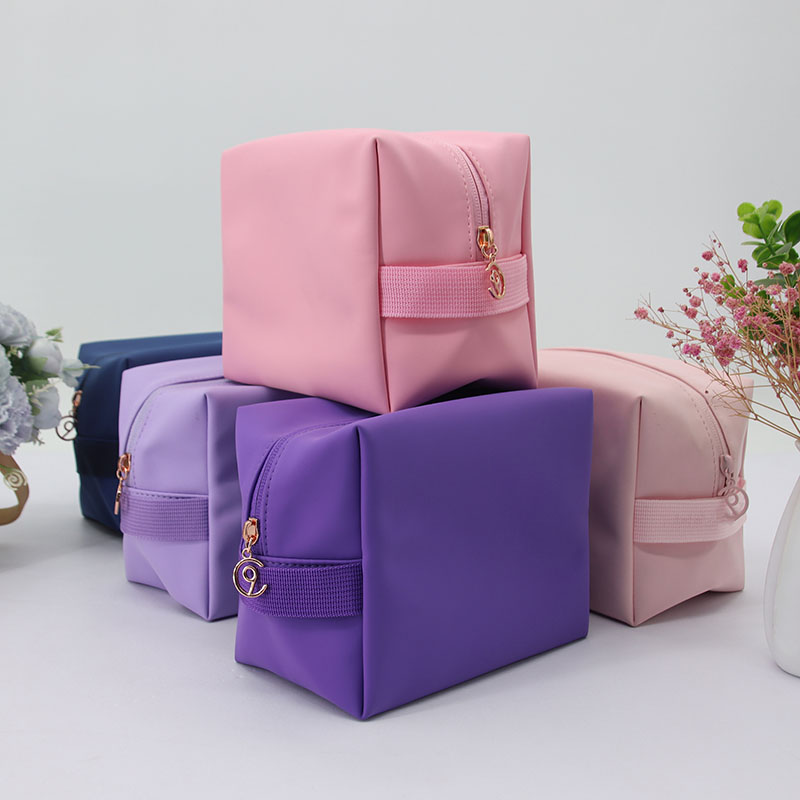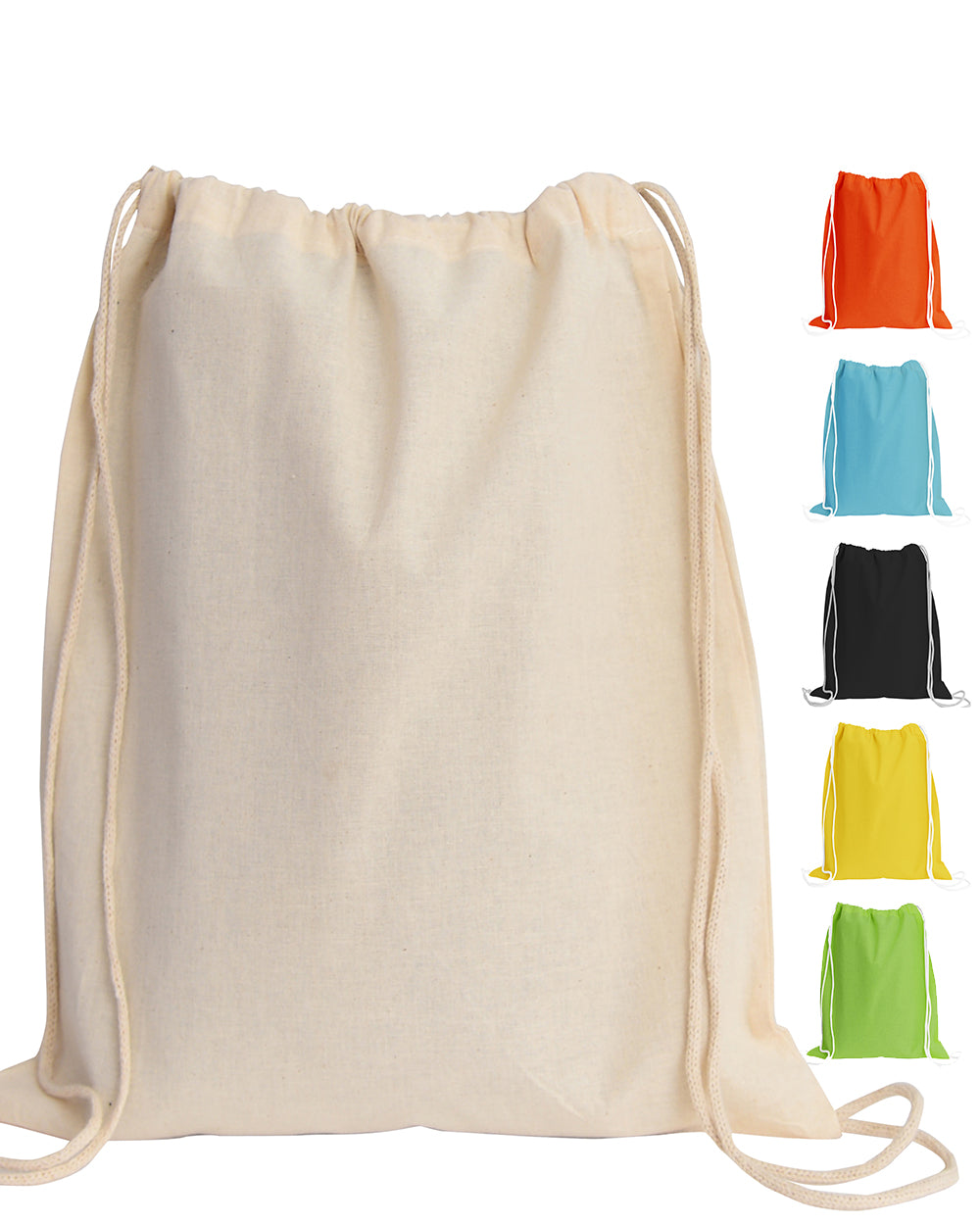To customize a bag pattern, brands must define a unique silhouette, detail functional elements, select materials, and create a comprehensive tech pack.
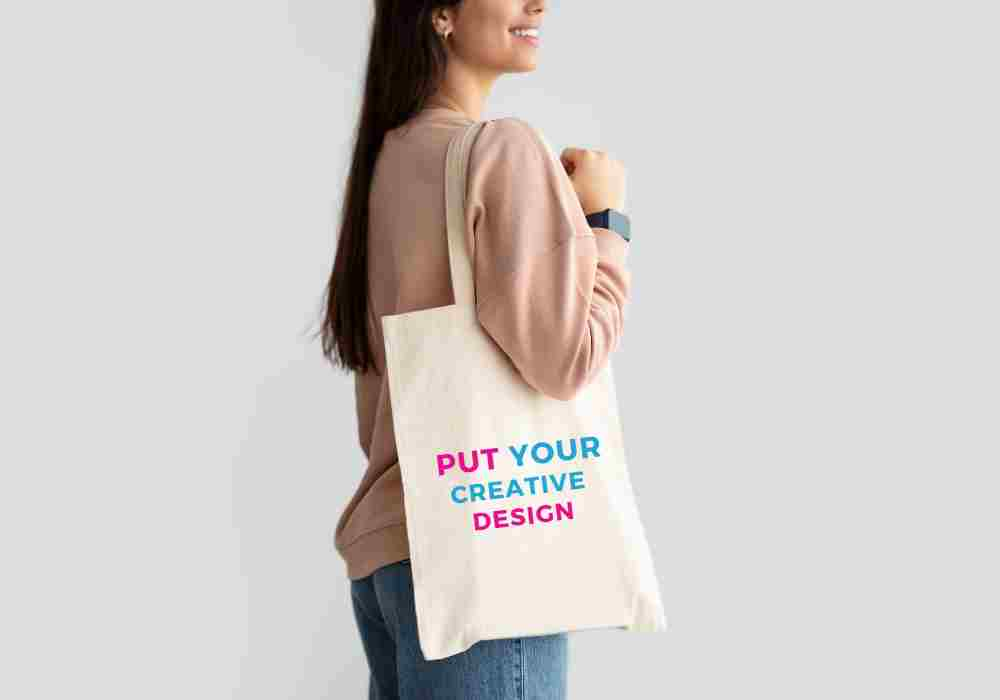
Table of Contents
- What Defines a Custom Bag Pattern?
- Foundational Elements: Deconstructing Your Design Vision
- Material and Hardware: The Tangible Components of Your Pattern
- The Manufacturer’s Blueprint: Creating a Comprehensive Tech Pack
- Infusing Your Brand Identity
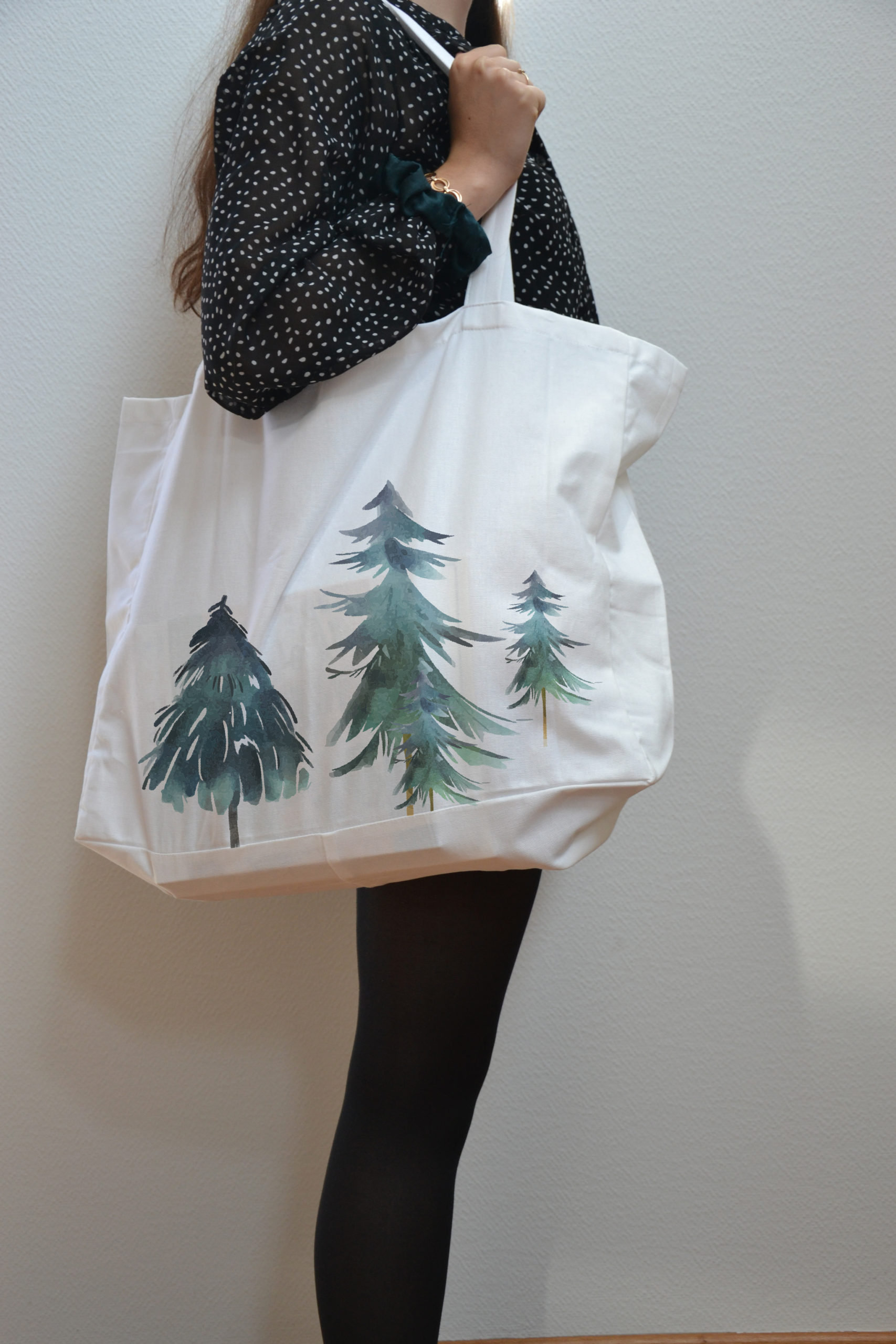
Customizing Your Bag Pattern: Essential Tips for Your Brand
In a saturated market, a unique product is your most powerful asset. For accessory brands, this uniqueness starts with the core pattern of your bag. Customizing a pattern goes far beyond picking a color; it involves a thoughtful process of defining the shape, function, and intricate details that make a product exclusively yours. A well-executed custom design not only captivates customers but also builds a recognizable brand signature that stands the test of time. It is the architectural foundation upon which your brand’s reputation for quality and creativity is built.
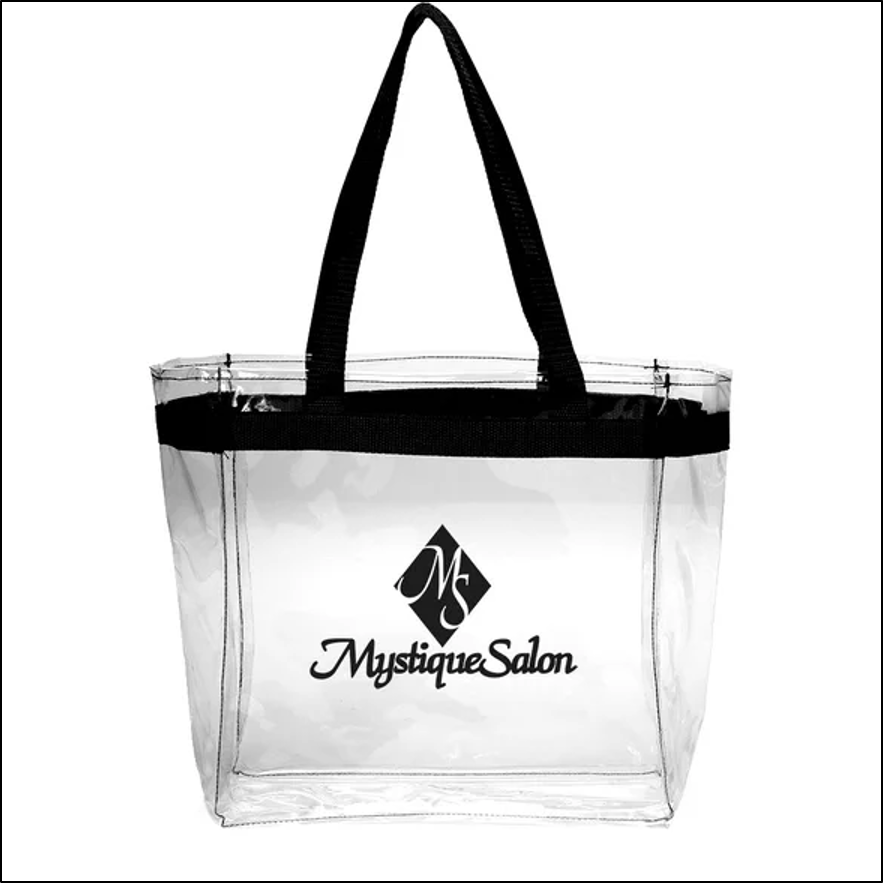
What Defines a Custom Bag Pattern?
A custom bag pattern is more than just a template; it is the complete DNA of your product, meticulously documented for production. It’s a multi-faceted concept that translates an abstract idea into a tangible, manufacturable item. This includes not only the primary shapes of the bag’s body but also the precise dimensions and placement of every single component, from gussets and straps to pockets and hardware mounts. It is a technical specification as much as a creative one.
True customization means considering how every element interacts. A change in the curve of a flap, the width of a strap, or the type of seam used can dramatically alter the bag’s final appearance, feel, and functionality. A successful custom pattern is one where design, utility, and construction are in perfect harmony, resulting in a product that is both visually appealing and practical for the end-user. It is the definitive instruction set that ensures consistency and quality across your entire production run.
Foundational Elements: Deconstructing Your Design Vision
Before a single piece of leather is cut, your design vision must be broken down into specific, actionable components. This deconstruction process is critical for communicating your intent to a manufacturer and ensuring the final product matches your original concept. It involves analyzing the bag from three distinct perspectives: its overall shape, its practical use, and its finishing details.
The Silhouette and Structure: What is Your Bag’s Core Shape?
The silhouette is the most immediate identifier of your bag. Are you reinterpreting a classic shape like a tote or crossbody, or are you creating something entirely new? Consider whether your design is structured, with a rigid and defined form, or unstructured and soft. A structured bag might require internal reinforcements and stiffer materials, which must be accounted for in the pattern pieces. An unstructured design relies on the natural drape of the material. Each choice fundamentally impacts pattern complexity and material selection.
Functionality and Pockets: How Will the Bag Be Used?
A bag’s utility is defined by its features. Think critically about your target customer’s lifestyle. Do they need a padded laptop sleeve, an easily accessible exterior phone pocket, or a secure interior zippered compartment? What about a key leash or credit card slots? Each functional element requires its own pattern pieces and precise placement within the larger design. Integrating these features seamlessly, without disrupting the bag’s aesthetic flow, is a hallmark of sophisticated pattern making.
Seams, Stitching, and Edges: The Subtle Details
The construction details are what elevate a good design to a great one. These subtle elements have a significant impact on the product’s durability and perceived value. Will you use contrast stitching to create a visual pop or tonal stitching for a more monolithic look? Will seams be top-stitched for reinforcement or hidden for a cleaner finish? Edge treatment is also crucial. Options like raw edges, folded edges, or meticulously hand-painted edges each offer a different aesthetic and require specific techniques and allowances in the pattern.
Material and Hardware: The Tangible Components of Your Pattern
The materials you choose are not just a finishing touch; they are integral to the pattern itself. The weight, temper, and texture of your chosen leather and hardware directly influence how the pattern must be designed and constructed. A pattern developed for a soft, pliable lambskin will not work for a rigid, structured vegetable-tanned leather without significant modifications.
Selecting the Right Leather
The choice of leather is paramount. Its properties will dictate the bag’s drape, durability, and overall feel. Understanding the differences is key to matching the material to your design vision. For instance, full-grain leather is prized for its durability and natural character, while top-grain leather offers a more uniform finish. The thickness and temper (softness or stiffness) must be specified, as these affect everything from seam allowances to the type of needle used in production.
| Leather Type | Characteristics | Best For |
|---|---|---|
| Full-Grain | Most durable, shows natural markings, develops a patina over time. | Structured briefcases, rugged totes, and heirloom-quality bags. |
| Top-Grain | Sanded and finished surface, more uniform and stain-resistant. | Versatile for structured handbags and everyday accessories. |
| Suede | Soft, napped finish on the underside of the hide. | Unstructured, bohemian-style bags; interior lining. |
| Vegetable-Tanned | Firm and rigid, darkens and softens with age. | Molded cases, belts, and highly structured bags. |
Choosing Complementary Hardware
Hardware is the jewelry of your bag. Zippers, clasps, buckles, and feet serve functional purposes but also contribute significantly to the aesthetic. The weight and size of your hardware must be proportional to the bag. Heavy hardware on a lightweight bag can cause sagging and stress, requiring the pattern to include hidden reinforcements. Specify the base metal (e.g., brass, zinc alloy) and the finish (e.g., polished gold, matte nickel, antique brass) to ensure a cohesive and high-quality look.
Lining and Reinforcements
The interior of a bag is just as important as the exterior. The lining material—be it durable cotton canvas, soft microsuede, or custom-printed fabric—needs its own set of pattern pieces. Furthermore, internal reinforcements made from materials like bonded leather or foam are often necessary to help a bag maintain its shape, support stress points around handles and straps, and provide a solid base. These hidden elements are a critical part of a professional-grade pattern.
The Manufacturer’s Blueprint: Creating a Comprehensive Tech Pack
A “tech pack,” or technical package, is the single most important document in the manufacturing process. It is a detailed blueprint that translates your design into a universal language any factory can understand. A thorough tech pack minimizes errors, reduces sampling time, and ensures your vision is executed with precision. Without it, you are leaving critical decisions to interpretation, which can lead to costly mistakes and delays.
Developing a robust tech pack is a collaborative process. An experienced manufacturing partner can provide invaluable feedback, identifying potential construction issues or suggesting alternative techniques that can improve quality or efficiency. This partnership ensures your design is not only beautiful but also production-ready. At Beldturaleather, we guide our clients through the tech pack creation process, ensuring every detail is captured before production begins.
What Key Information Must Be Included?
A complete tech pack is exhaustive in its detail. It should leave no room for ambiguity. Core components include detailed technical sketches or CAD drawings of the bag from all angles (front, back, side, top, bottom, interior) with precise measurements for every dimension. It must contain a Bill of Materials (BOM) that lists every single component, from the specific leather hide and lining fabric to the model number of the zipper pulls and rivets. Finally, it must include construction details like stitches per inch (SPI), edge paint color, and the exact placement instructions for all branding elements.
The Prototyping and Sampling Process
The tech pack is the theory; the physical sample is the proof. The sampling stage is where your pattern is tested in the real world. This is your opportunity to feel the weight of the bag, test the functionality of its pockets, and inspect the quality of the craftsmanship. It is rare for a first sample to be perfect. Typically, this stage involves one or more rounds of revisions, where you provide feedback to the manufacturer, who then adjusts the pattern and creates a new sample. This iterative process is essential for refining the design and perfecting the final product before committing to a full production run.
Infusing Your Brand Identity
Customizing a bag pattern is ultimately about creating a product that is unmistakably yours. The final step in this process is to infuse your unique brand identity into the design through thoughtful branding applications. These details transform a well-made bag into a powerful brand statement.
Strategic Placement of Logos
How and where you place your logo says a lot about your brand. Options range from a subtle, blind deboss (stamped without color) on a discreet part of the bag to a prominent foil-stamped logo or a custom metal plate. Consider the overall aesthetic you want to achieve. Is your brand about quiet luxury or bold recognition? The method of application—embossing, debossing, hot stamping, or screen printing—and its location should be specified with exact measurements in your tech pack.
Custom Branded Hardware and Linings
For a truly bespoke product, consider developing custom hardware or linings. Engraving your brand name on zipper pulls, rivets, or clasps adds a layer of sophistication and exclusivity. Similarly, a custom-printed lining with your brand’s pattern or logo creates a delightful and memorable unboxing experience for the customer. These elements may require a higher minimum order quantity but can significantly elevate the perceived value of your product and strengthen brand recall.
Unique Packaging and Storytelling
The customer’s experience with your product begins before they even touch the bag itself. Branded packaging, such as a high-quality dust bag, and thoughtful collateral, like a hang-tag that tells the story of the design or the materials used, extend the brand narrative. This final layer of detail connects the physical product to the larger world of your brand, creating a lasting impression that fosters customer loyalty.

